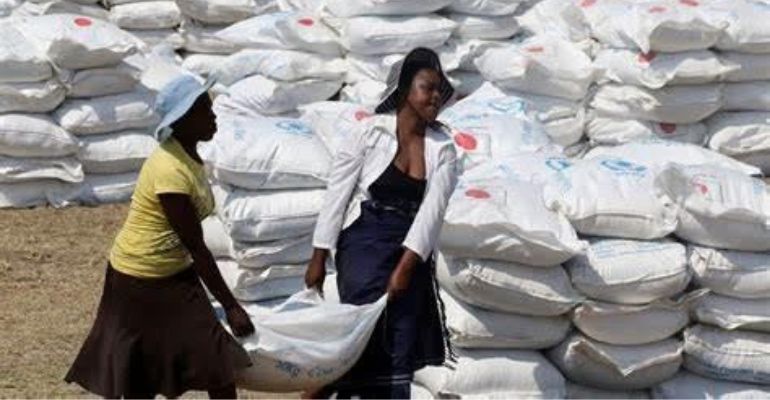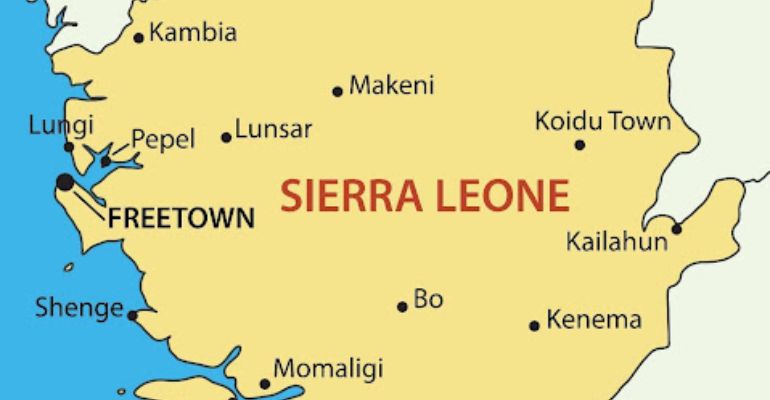George Ayittey’s remark that there are food shortages in urban areas while food spoils on fields is a devastating illustration of the agricultural difficulties Ghana and other African countries face. This essay examines the reasons behind this contradiction and offers concrete examples from Ghana to show how it manifests.
Explanation of the Paradox
Logistical Barriers: One of the main causes of this paradox is the inefficiency of moving food from rural farmers to urban regions due to logistical issues. In Ghana, weak transportation networks and poor road infrastructure frequently cause delays and losses during the shipment of perishable crops.
Market Dynamics: This conundrum is substantially influenced by the dynamics of the agriculture markets. Urban regions may experience shortages as a result of farmers delaying the sale of their produce in the hopes of receiving higher prices. Due to this imbalance between supply and demand, food is wasted on farms and prices are raised in urban areas.
Post-Harvest Losses: In Ghana, ineffective post-harvest handling and storage procedures result in significant losses. Mangoes and tomatoes, for instance, are perishable fruits that need special handling during storage and delivery. Post-harvest losses are caused in part by inadequate preservation expertise and facilities.
Ghanaian Illustrations
Tomato glut in the North: During the height of harvest, Ghana’s northern region frequently has an excess of tomatoes. However, poor transportation and storage infrastructure causes significant losses. While this is happening, urban consumers are struggling financially in southern areas like Accra where tomato prices are still high due to a lack of supply.
The volatility of maize prices is caused by seasonal variations. Maize is a staple crop in Ghana. Prices in rural areas fall dramatically with bumper harvests, which causes farmers to lose money. Conversely, high maize prices in urban areas during the lean season make it less affordable for consumers.
Cassava Challenges: Cassava is another important crop that confronts the same problems. Cassava is overproduced by farmers in some areas of Ghana, where there aren’t enough processing facilities to use it. The availability of cassava products may be limited or expensive in other places.
Addressing the Paradox
The following steps can be made to alleviate the contradiction of food scarcity in urban areas and food waste on farms in Ghana:
Infrastructure Development: To ensure that produce is transported from farms to cities efficiently, investment in rural road networks and transportation infrastructure is essential.
Improved Post-Harvest Procedures: Farmers can greatly reduce losses and waste by learning contemporary post-harvest handling and storage procedures.
Market Access: Programs that give farmers direct access to markets and information about those markets can aid in preventing overproduction and undersupply.
Food processing: By supporting the sector, surplus foods can be turned into goods with added value, prolonging their shelf life and minimizing waste.
Government Support: To counteract excessive price volatility, the government can enact programs that stabilize prices, such as strategic grain reserves and marketing boards.
Agricultural Extension Services: Improving extension services to inform farmers about best practices in crop production and post-harvest management can improve overall effectiveness.
In conclusion, in Ghana and many other African nations, the paradoxical situation of food shortages in urban areas while crops decay on farms is a critical problem. It is brought about by a confluence of post-harvest losses, market dynamics, and logistical difficulties. Ghana must make investments in rural infrastructure, better post-harvest procedures, expand farmer access to markets, boost food processing, and put supportive government policies in place if it is to effectively solve this anomaly. Ghana can reduce food waste, provide food security for its inhabitants, and create a more efficient and balanced food supply chain by implementing these steps.












